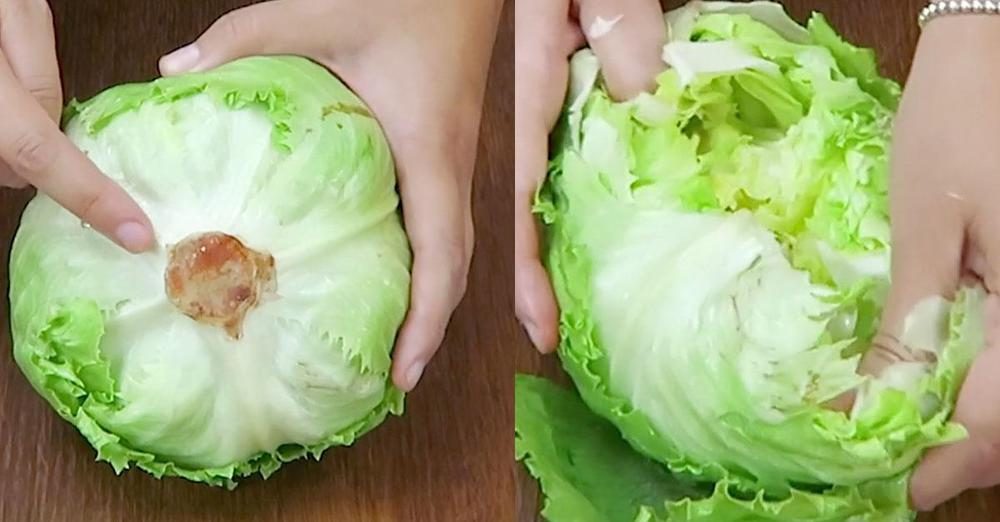A Step By Step Guide To Regrowing Lettuce In Your Own Home
One of the best ways to ensure that you always get your vegetables fresh is harvesting them yourself! Leafy greens like lettuce can especially get you frustrated because they get soggy and start to rot quickly. If this has happened to you, we suggest that you consider regrowing the lettuce. Here's a simplified guide that will help.
;Resize,width=742;)
Growing your vegetables comes with many advantages; not only do you get them fresh, but the process can also be therapeutic if you let it. Starting with lettuce, try to grow your very own vegetable garden. If you don't have a garden, then this is especially for you!
Follow these steps to grow lettuce from scraps or whole lettuce. Keep in mind that if you're going to use scraps, it must include a cluster of stems and the root.
1. Trim Down the Lettuce

If you are using whole lettuce, you'll have to trim it down. Grab the head of the lettuce, and cut it crosswise about 1-2 inches from the base. The result of this trim should be a white cluster of stems held together by the root. The new sprouts will grow from the cluster.
Don't waste the leaves you removed, cook them!
2. Place the Plant in a Container

Next, you are going to place the cluster of stems in a little container. If needed, you may remove the stems' outer layers so they can fit into the container you use. Make sure the stems stand upright and pour in about 1/2 inches in water while making sure the root is entirely submerged.
3. Set in the Sun

After pouring in water, place the container in a spot where the plant will receive a sufficient dose of sun every day. This could be by your window or your patio; what is required is that the light is constant and adequate to foster the lettuce's fast growth.
You can even use grow lights!
4. Change the Water Constantly

Change the water frequently, at least every 1-2 days. This is important to prevent the water from getting dirty and moldy, which can stunt the lettuce's growth. If the water is kept clean and the sunlight is constant, you will start to see the leaves growing in as little as a week.
5. Wait Patiently

After a full week and some, your lettuce should be done growing if it was in perfect condition. At about this time that the leaves are grown and lush green, harvest them. If you leave the lettuce for any longer, it may turn bitter and gain a bluish hue.
6. Enjoy Your Homegrown Lettuce!

To use your freshly harvested lettuce, take off the leaves, and clean them. These will make for a good side of greens to accompany grilled chicken, yummy salad, or even a wrap for sushi!
On a final note, don't be disappointed if your homegrown lettuce isn't as huge as the ones you buy from the store. That is expected; when homegrown, lettuce typically only yields leaves that are just enough for toppings and sandwiches – never sufficient for a full salad.
Your harvest will depend on the conditions of the plant as well as the characteristics of the parent plant you used. So, no matter what happens, try to savor the process and never stop trying.
Good luck!
;Resize,width=767;)



